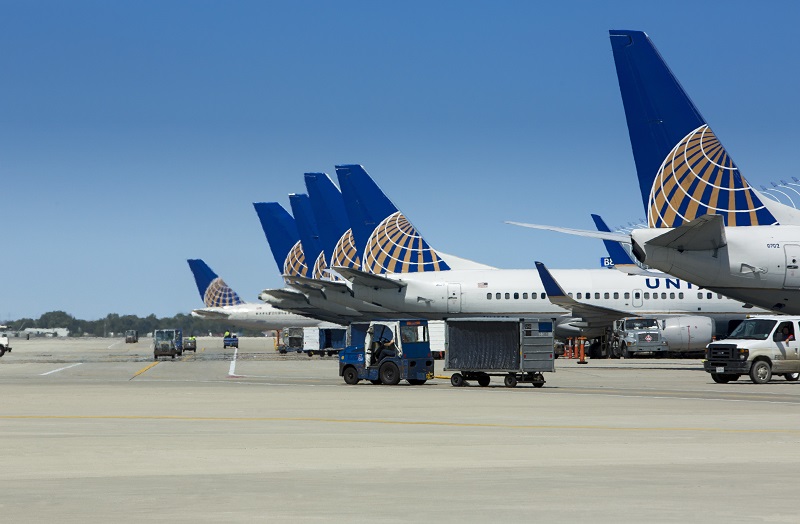COVID sees lowest US airfares in 25 years.
21 April, 2021
2 min read


US domestic ticket prices dropped to the lowest point in 25 years during COVID-ravaged 2020 as the average domestic airfare hit $US292.
This was the lowest inflation-adjusted annual airfare since the Bureau of Transportation began collecting records in 1995 and was 31.7 percent below the average fare in 2014.
It was also almost 19 percent below the previous low of $US359 in 2019.
Airfares had already been dropping but this accelerated as the COVID pandemic saw the number of originating passengers on US airlines plummet from 331 million in 2019 to 131 million in 2020 as travel restrictions hit.
READ: Qantas asks $A1 billion for extra legroom.
The calculation, based on a 10 percent random sample of air tickets, did not include fees for optional services such as baggage and the BTS noted passenger fares now accounted for just 65.1 percent of revenue compared to about 88.5 percent in 1990.
Airline employees in the US were also hit by COVID with the latest figures showing full-time equivalent jobs were at their lowest ebb for the month of February since 2015.
The figures showed employee numbers in February at 22 US scheduled airlines had fallen 3,200 since January and 65,700 over a year.
The bureau said the decline in January was due to a reduction of 6158 jobs at United Airlines which offset reported increases at other carriers.
Despite the grim employment figures, US airline executives have been optimistic that vaccinations mean the worst of the travel woes are behind them.
The Centers for Disease Control said recently people who are fully vaccinated can travel safely within the US at low risk but officials are discouraging people from doing so because of still high levels of COVID cases.
There are also some signs of a return to more normal operations with American Airlines announcing it will bring back a full beverage service for premium passengers from May 1 and non-alcoholic drinks for economy passengers on flights of over 250 miles from June 1.
However, the US State Department has indicated it will expand its “Do Not Travel” guidance to about 80 percent of the countries worldwide to bring the advice into line with CDC assessments
Get the latest news and updates straight to your inbox
No spam, no hassle, no fuss, just airline news direct to you.
By joining our newsletter, you agree to our Privacy Policy
Find us on social media
Comments
No comments yet, be the first to write one.

